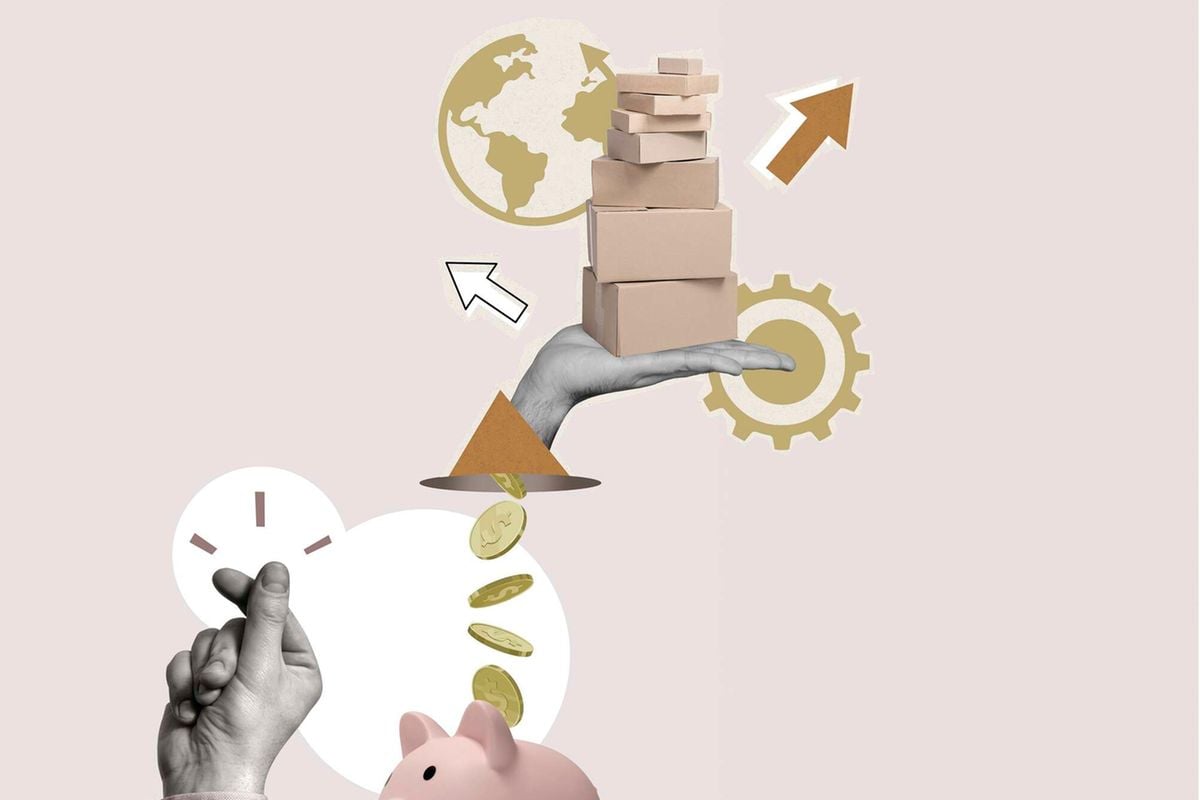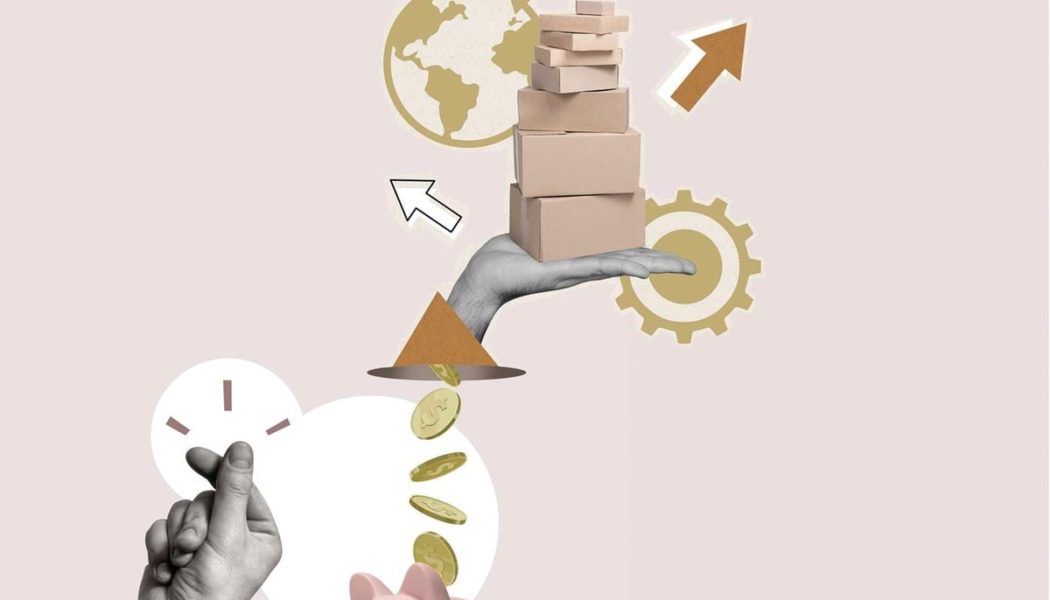
Kenya’s current account deficit for the second quarter of the year narrowed to the lowest in four years on increased service receipts.
A current account deficit shows that a country is exporting less compared to what it is importing.
An improvement in deficit which is explained by the growth of exports of both merchandise and services, is an indicator that the country is increasingly becoming self-dependent in domestic production of goods and services, crucial for maintaining a robust currency and lower inflation.
The balance of payments report for the quarter to June by Kenya National Bureau of Statistics (KNBS) reveals that Kenya’s current account deficit narrowed to Sh104.05 billion from Sh158.98 billion recorded in the same period last year.
The report provides key economic insights, highlighting changes in Kenya’s current account, exports, imports, remittances and financial inflows.
The balance of payments records all economic transactions that have taken place in a particular period. It comprises five key components with the current account being the biggest.
Kenya’s current account, representing the balance of trade on goods and services, posted a deficit given the country is a net importer with the merchandise trade deficit of Sh341.2 billion between April and June this year.
However, improvement in current account deficit was supported by the increase in exports of merchandise goods, growth in net exports of services and diaspora remittances.
“This resulted from marginal increases in exports of transport and telecommunications services, coupled with notable reduction in imports across majority of the service categories,” KNBS notes in the report.
The total trade deficit narrowed by Sh19.24 billion as exports grew by Sh26.99 billion to Sh275.7 billion as United Arab Emirates (UAE) emerged as the biggest market for Kenyan merchandise.









